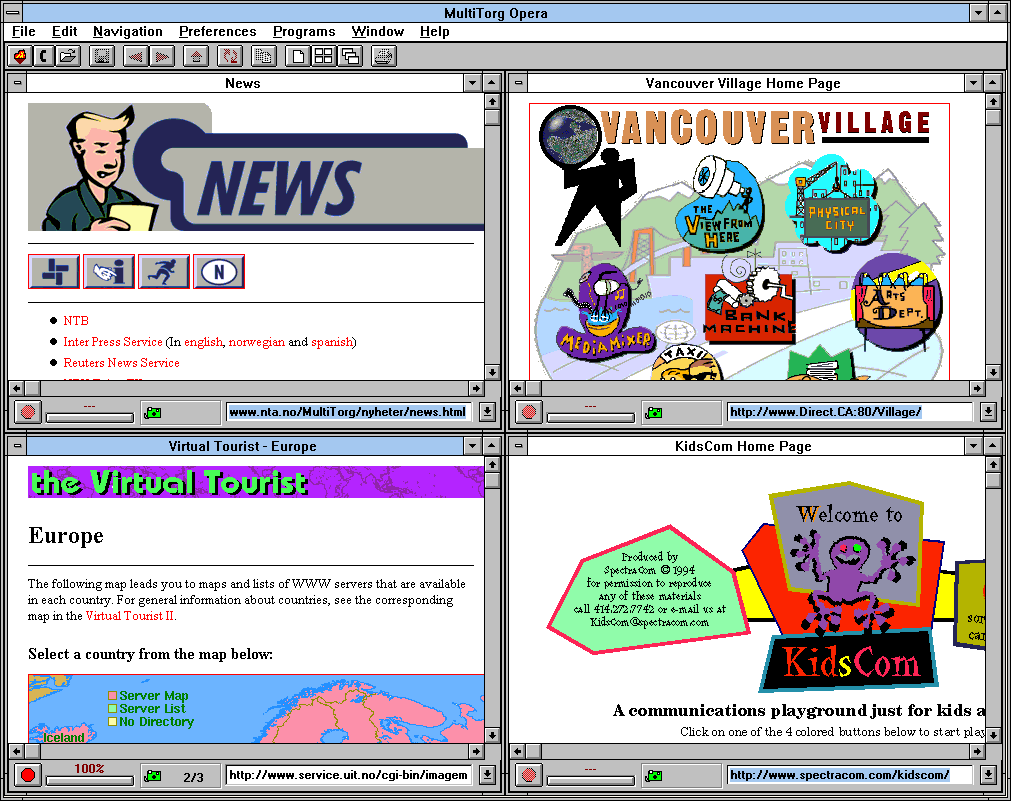Tokens Are The New Websites
Mental Model #2 - Tokens can be simple or complex, like websites · 2 min read
Welcome to Super Simple — the best way to go down the Web3 rabbit hole
Short summaries of curated content. No external links. No biases. < 5 mins. Free
This post is also part 3 of a series summarizing the Bankless Podcast with Chris Dixon. Scroll to the end to learn more or start from the beginning here
Tokens Are The New Websites
Websites were the primitive (building block) of the internet in Web1 and Web2.
Early web sites were very simple. Text and pictures with some basic design.
Developers then began to utilize the ability of websites to run code to iterate and build in new ideas. Slowly, websites became interactive. And eventually, became infinitely complex.
Nowadays we all understand the flexible, general concept a ‘website’ represents.
Similarly, tokens are the digital primitive for Web3.
Currently, they represent money (eg. bitcoin), or perhaps art (eg. NFTs1). But tokens are also flexible, and programmable, just like websites.
In the future, they can represent anything — photos, music, text, code, game items, tickets. Any digital or even physical asset.
Tokens In Web3 Represent Digital Ownership
Tokens can be Fungible or Non-Fungible.
Fungible tokens representing money were the first step i.e. Bitcoin. Fungible means mutually interchangeable, in the way all $20 bills are, or the shares of a public company are.
Non-fungible tokens (NFTs), which represent digital objects, are actually analogous to the real world. We are quite used to the idea of owning our non-fungible physical goods, such as our sneakers, or our house. But online, we assumed this wasn’t possible. Until NFTs.
Tokens = Property
In Web2, the only thing you could truly own was a domain name. Most people actually annually leased even this.
Everything else was borrowed or rented on other platforms. Eg. Your twitter profile is rented. You can’t take it with you outside twitter and it can be taken away from you by Twitter.
Using blockchains, tokens give users both ownership and portability.
Users have an inventory of objects they can own and they can take from one app to another. The app interacts with these objects but the users still own them. Similar to how we take our clothes, wallet, car to a restaurant and leave with them.
The lowered switching cost alone takes away power from the platform and gives a lot more power to the user.
Tokens fixes the core problem of centralized networks, where the value is accumulated by one company. As a Web2 platform grew, the participants didn’t have any ownership.
Users and developers can now participate in the value creation and governance of platforms through tokens. Every internet network, big or small, can effectively issue 'stock' like a public company to align its stakeholders.
Tokens gives users the ability to own a piece of the internet
Lets keep the ball rolling. To understand the need for Web3, we need to grasp mental model #3:
(Mental Model #3 - High take rates In Web2 make it vulnerable)
If you stumbled on to this post, start with part 1 - It Is Impossible Not To Be Excited By Web3 (After Reading This)
Was This Helpful?
This quick check-in would be very valuable and take all of 5 seconds.
Did the summary make you more likely to watch the episode?
1. More Likely
2. Less Likely
4. Was Never Going To Watch The Whole Episode
5. Was Going To Watch The Whole Episode Anyway
Click on the appropriate option, and you can even see what other’s have voted
Appendix
My Two Cents
I still have nothing to add here.
Source
The Bankless Podcast Featuring Chris Dixon Interviewers - Ryan Sean Adams and David Hoffman, The Bankless Podcast Guest - Chris Dixon, General Partner at a16z
Additional Sources and Readings
Blog by Chris Dixon - Tokens: A New Digital Primitive Twitter Thread by Chris Dixon -






